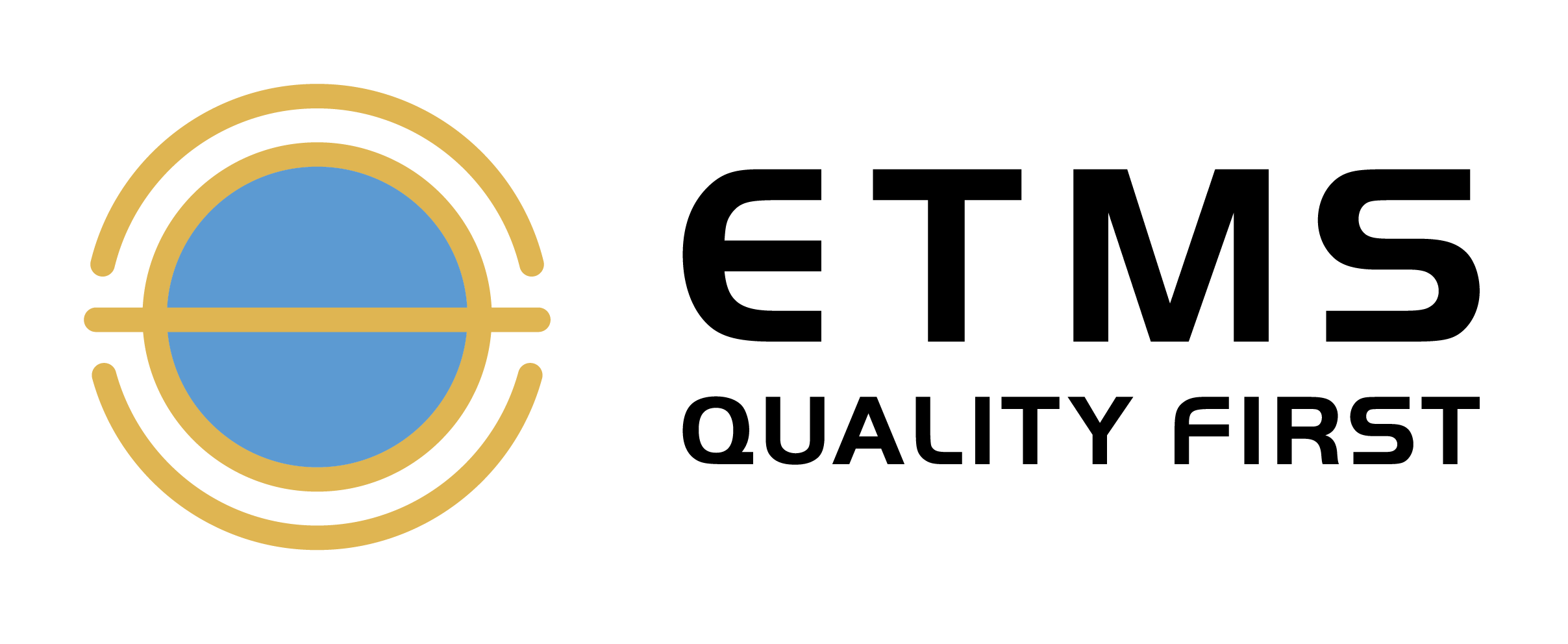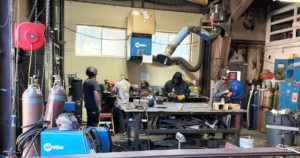Understanding conformance standards is critical when structural inspections are performed on your projects. It is key to ensuring safety, maintaining quality, and meeting regulatory requirements. Yet, the complexity of these standards often leaves professionals in the dark. Join us as we discuss conformance standards, empowering you to make informed decisions on your building projects.
Understanding Conformance Standards
Conformance standards establish the criteria for ensuring safety and quality in construction and inspection practices. Buildings and projects must meet conformance standards for structural inspections specific to their industry and jurisdiction.
It’s also important to acknowledge that while we have standards, we also have codes. Codes are legally binding documents that must be followed, often outlining minimum requirements for design, construction, and safety. Standards provide specific guidelines and criteria that are widely accepted by industry experts and practitioners. They allow professionals to conform to recognized practices, like those set by organizations such as AISC and AWS, rather than redesigning from scratch according to the code. When a project adheres to consensus standards, it signifies alignment with established industry best practices. However, any deviations from these standards typically require approval from the relevant engineering authority. Some common standards include:
1. American Society of Civil Engineers (ASCE) standards: ASCE 7 specifies design loads for structures, including wind, snow, earthquake, and other environmental factors.
2. American Concrete Institute (ACI) standards: ACI 318 establishes requirements for concrete construction, including design, materials, and construction practices.
3. American Institute of Steel Construction (AISC) standards: AISC 360 outlines the design and construction requirements for structural steel buildings and bridges.
4. National Fire Protection Association (NFPA) standards: NFPA 101, also known as the Life Safety Code, provides requirements for fire protection, means of egress, and occupant safety.
5. American Welding Society (AWS) standards: AWS D1.1 and D1.8 specify requirements for welding structural steel and aluminum, respectively.
It’s important to note that specific projects may have additional standards or codes applicable based on their nature, including specialized standards for bridges, high-rise buildings, or seismic zones.
What Conformance Standards Include
In the context of structural inspections, conformance standards include:
1. Design Standards: These standards specify the requirements for designing structures, including load calculations, material specifications, structural analysis, and design methodologies.
2. Construction Standards: Construction standards outline the proper practices and techniques to be followed during construction, ensuring that the structure is built to code and adhering to safety protocols and quality standards.
3. Material Standards: Material standards define the specific properties and characteristics that materials used in construction should possess, ensuring they meet the necessary strength, durability, and performance requirements.
4. Testing and Inspection Standards: These standards establish the protocols, methodologies, and acceptance criteria for conducting inspections, tests, and evaluations during and after the construction process, ensuring that the structure meets the specified requirements.
Entrusting ETMS with your inspections ensures you receive a comprehensive assessment that is in alignment with structural inspection criteria. Our experienced professionals offer reliable solutions while upholding quality and compliance.
Benefits of Understanding Conformance Standards
By understanding conformance standards, you can ensure a streamlined process for project completion. Having a thorough grasp of conformance standards saves you time and improves compliance with regulations and industry best practices, promoting adherence to safety protocols and quality standards. A comprehensive understanding of these standards fosters increased client satisfaction and confidence in your work, establishing trust and credibility in the services provided.
Have the Experts at ETMS on Your Next Project
At ETMS, our inspectors receive the highest level of training. By working closely with our clients, we ensure projects align with contract specifications, while saving you time AND money. When you work with us, we’re with you every step of the way. With over 150 years of combined industry leadership experience, we offer AWS, CWI, and NDT Inspection, including Ultrasonics (UT), Radiography (RT), Magnetic Particle Testing (MT), Liquid Penetrant Testing (PT), Visual Testing (VT), AWS CWI Visual Inspection, Certified Radiographic Interpretation (CRI) and additional certifications & capabilities that deliver results from a team of inspection professionals that you can rely on.




